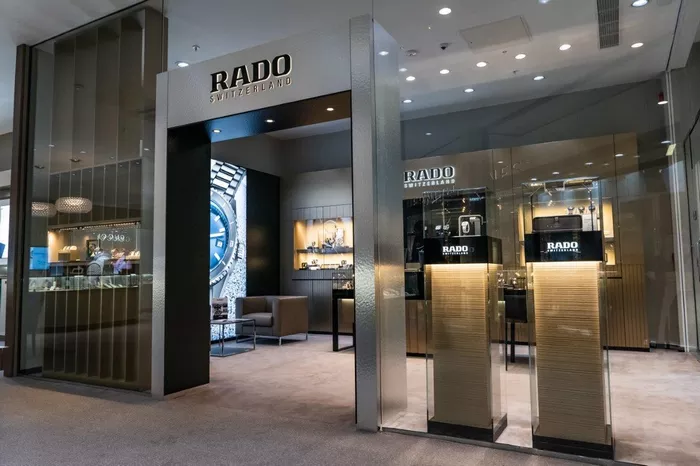Rado, the renowned Swiss luxury brand, is strategically targeting the growing Indian market, especially the emerging segment of women consumers. With India ranking among its top three markets in terms of sales revenues and growth, the brand is all set to make a bold move by launching a new watch collection specifically designed for the festive season.
Emphasizing the shift in consumer demographics, Adrian Bosshard, Global CEO of Rado, highlighted the increasing interest among Indian women in luxury watches as valuable assets. Notably, the brand has secured the collaboration of popular actress Katrina Kaif, further solidifying its connection with the Indian audience alongside its long-term association with actor Hrithik Roshan.
Bosshard emphasized, “India is a priority market for us, and we have ambitious growth plans. We are witnessing a significant trend of well-educated and well-travelled Indian consumers who are keen on investing in luxury watches, recognizing them as not just accessories but valuable long-term assets.”
With an eye on the ongoing festival and wedding seasons, Rado aims to leverage these celebratory moments, presenting the Indian market with an exclusive collection tailored to these occasions. The brand’s move to collaborate with Kaif for its latest campaigns is a strategic step toward capturing the attention of the Indian luxury watch segment.
Despite global economic challenges, Rado remains optimistic about India’s potential for growth, underlining the country’s significance as a flourishing market for luxury brands. In line with its market strategy, Rado’s product range caters to the affordable luxury segment, appealing to a broader spectrum of consumers in India, including younger demographics keen on making luxury investments.
While acknowledging the evolving presence of e-commerce, Rado continues to primarily rely on its network of multi-brand outlets and over 30 mono-brand stores across the country, solidifying its brick-and-mortar retail presence. As the brand amplifies its focus on the Indian market, it continues to tap into the country’s growing disposable income and the increasing aspiration of consumers for luxury products.

